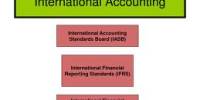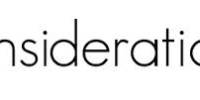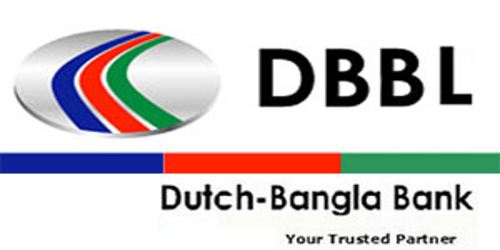Definition of Accounting Policies:
The specific policies and procedures used by a company to prepare its financial statements. These include any methods, measurement systems and procedures for presenting disclosures. Accounting policies differ from accounting principles in that the principles are the rules and the policies are a company’s way of adhering to the rules.
Basis of accounting:
The financial statements have been prepared on going concern basis under the historical cost convention on Generally Accepted Accounting Principles (GAAP) in accordance with the Bangladesh Accounting Standards (BAS) and Bangladesh Financial Reporting Standards (BFRS), Companies Act 1994 and other applicable laws and regulations.
Going concern review:
The Company has been experiencing operating losses during last few years, negative cash flows during the period, working capital deficiencies and adverse key financial ratios. However, the management has reviewed the projected cash flows and profit forecast and concluded that the Company is expected to overcome the present situation in a foreseeable future. The Company’s projected cash flow and profit is supported by the fact that it will increase its subscribers. As a result, the Company does not anticipate any adverse situation that may affect the going concern status of the Company.
Recognition of property, plant and equipment:
Properties, plants and equipments are stated at cost less accumulated depreciation. Cost includes expenditure directly attributable to the acquisition and installation of the assets. Any repairs and maintenance to the assets are charged to the income statement as expenses during the period when these are incurred.
Depreciation of property, plant and equipment:
Depreciation on properties, plants & equipments has been charged on straight-line method considering the economic and technical lives of the same. Full year’s depreciation is charged on assets during the period of acquisition irrespective of its date of acquisition and no depreciation will be charged on assets during the period of disposal. For the purpose of these financial statements, proportionate depreciation has been charged therein.
Depreciation rates used are as follows:
Name of the assets Rate of depreciation
Base station 15% -33.33%
Switching equipment 10% -33.33%
Transmission equipment 25% -33.33%
Office equipment 33.33%
Furniture & fixtures 20%
Computers 33.33%
Transport vehicles 20%
Intangible assets and accumulated amortization:
Intangible assets are stated at cost less accumulated amortization using the straight-line method. Intangible assets include cost of acquisition of operating software and accounting & inventory software. These are amortized over a period of three years from the period of acquisition irrespective of its date of acquisition and no depreciation will be charged on assets during the period of disposal. For the purpose of these financial
statements amortization has been charged proportionately for six months.
Preliminary expenses and accumulated amortization:
This represents expenses incurred before commencement of commercial operation of the Company. These are amortized over a period of three years from the year of incurrence of commercial operation. For the purpose of these financial statements amortization has been charged proportionately for six months.
Deferred expenses and accumulated amortization:
Deferred expenses representing project implementation cost, documentation fees and training expenses has been charged in these financial statements with a view to write off in 4 years commencing from the period of incurrence of such expenses. For the purpose of these financial statements amortization has been charged proportionately for six months.
Inventories:
Inventories include SIM card, scratch card, cash cards and mobile sets. Those are measured at the lower of cost and net realizable value. Cost is determined using the weighted average costing method.
Year 2010 Taka, 35,732,976
Year 2009 Taka, 30,159,901
Stock of service handsets for employees:
Stocks of service handsets for employees are valued at original cost. These are charged as expenses at the time of issued for employees.
Sundry debtors:
Sundry debtors consist of receivable from distributors, dealers, inter-operators and unrealized bills for network revenue which are recognized at the balance sheet date.
Year 2010 Taka, 792,271,865
Year 2009 Taka, 750,764,263
Taxation:
Current income tax is recognized on the basis of company’s computation based on the best estimated profit for the period at the rate of 45% pursuant to provisions of Income Tax Ordinance 1984 and the relevant Finance Ordinance. Despite of having no taxable income a tax provision @ 0.25% of total turnover has been accounted for in accordance with aforesaid Finance Ordinance.
Current tax:
Deferred Tax:
Foreign currency transactions:
Transactions in foreign currencies are converted into equivalent BDT applying the ruling rate at the date of such transactions. Assets and libabilities outstanding at 30 june 2009 denominated in foreign currencies have been shown in BDT at the rate in terms foreign currencies ruling on the Balance Sheet date.















